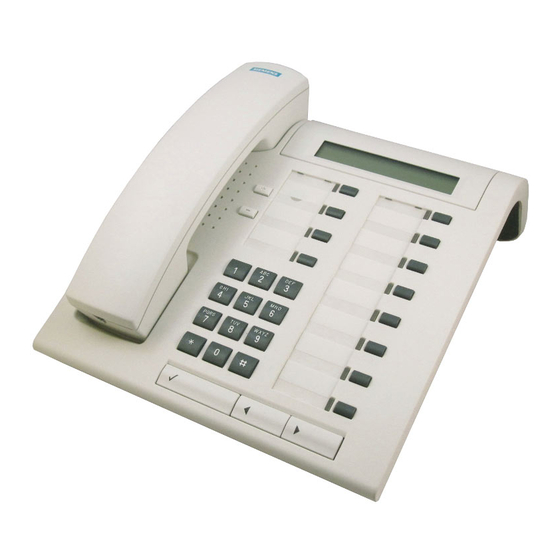
Siemens Optiset E Standard Quick Reference Manual
For hicom 150 e, officepoint, officecom, and officepro version 1.0
Hide thumbs
Also See for Optiset E Standard:
- Operating instructions manual (110 pages) ,
- User manual (44 pages) ,
- Manual (43 pages)











Need help?
Do you have a question about the Optiset E Standard and is the answer not in the manual?
Questions and answers